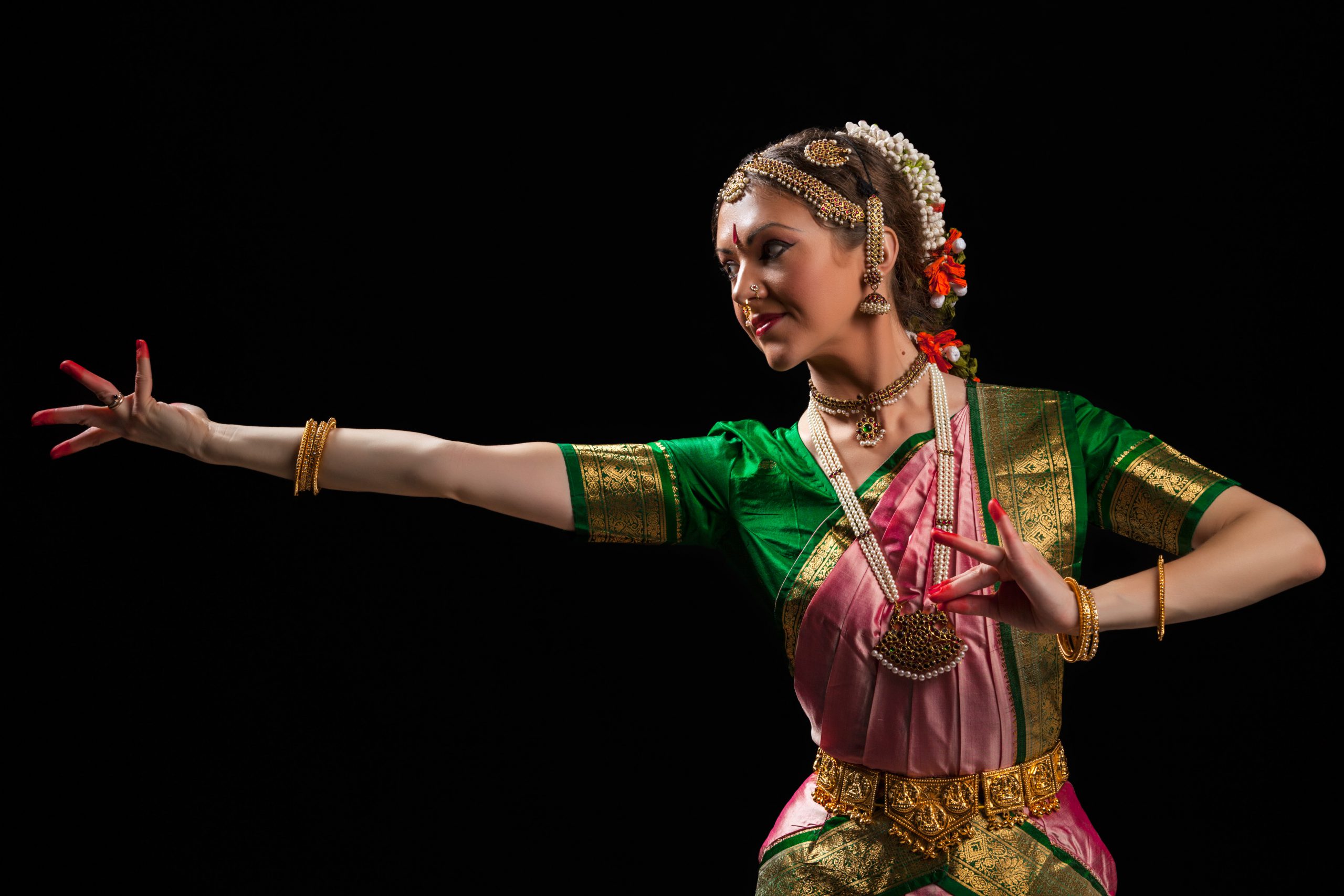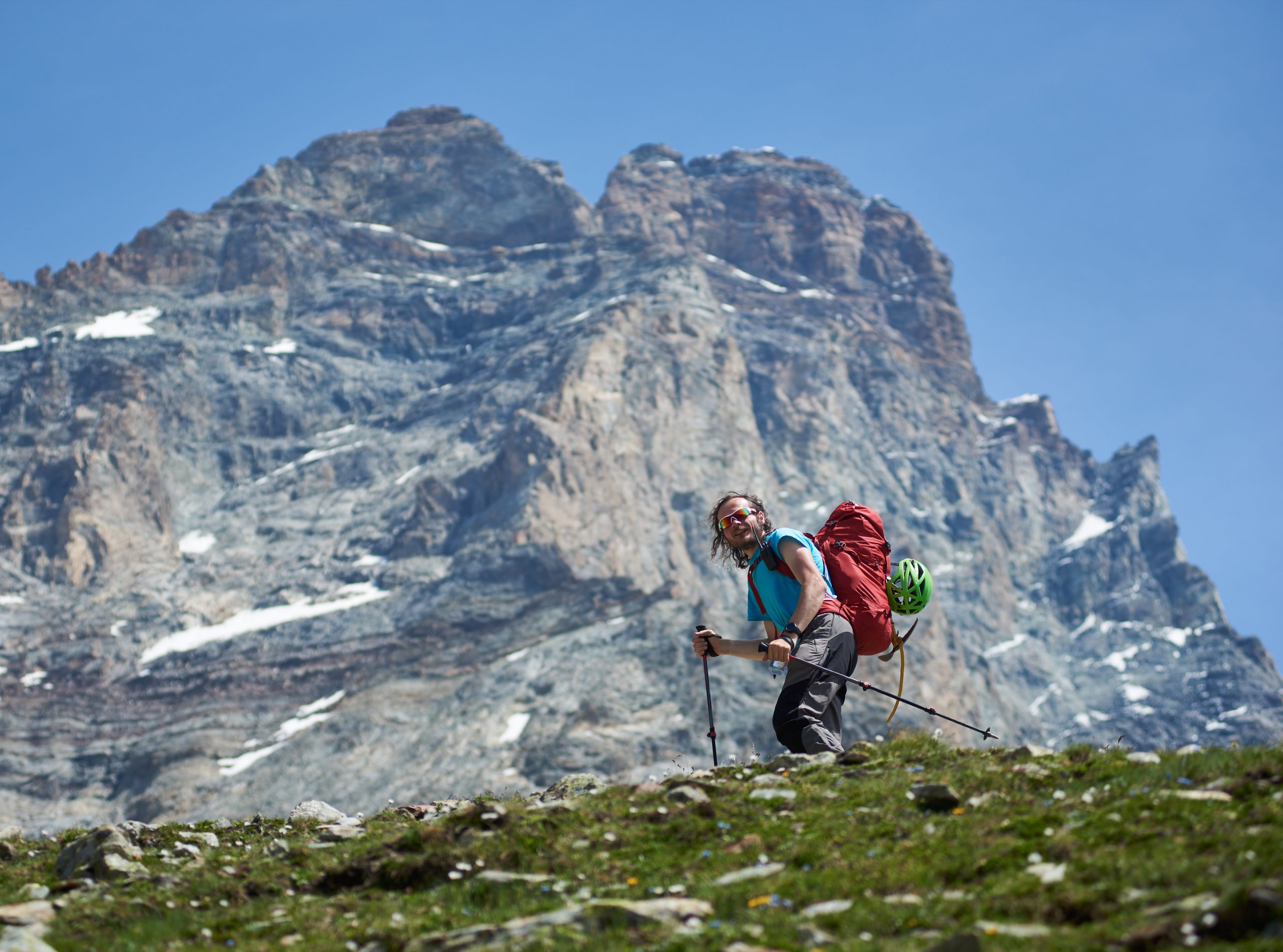Bharatanatyam is a classical dance form of India that originated in the state of Tamil Nadu. It is a dance-drama performance art that is traditionally performed by female dancers, but it is also performed by male dancers in modern times. The dance is characterized by its intricate footwork and hand gestures, as well as its expressive facial expressions and body movements. Bharatanatyam is typically accompanied by Carnatic music, which is a type of classical music from South India. The dance is usually performed as a solo, but it can also be performed in a group.
In Bharatanatyam, the dancer tells a story through the use of hand gestures (called “mudras”), facial expressions, and body movements. The dance is traditionally performed as a devotional offering to the Hindu gods and goddesses, and it often tells stories from Hindu mythology. However, it can also be performed as a secular dance, telling stories from everyday life or historical events.
Bharatanatyam is a highly respected and important part of Indian culture and is enjoyed by people of all ages. It is also popular in other parts of the world, where it is often performed as a way to share and celebrate Indian culture.
To dance Bharatanatyam, it is recommended to start by learning the basic steps and hand gestures (mudras) under the guidance of a trained dancer or instructor. Some basic steps in Bharatanatyam include the “adavus,” which are the fundamental units of the dance, and the “namaskaram,” which is a salutation performed at the beginning and end of the dance.
It is also important to learn the various facial expressions and body movements used in Bharatanatyam, as these are an integral part of the dance and help to convey the emotions and story being told through the dance.
In addition to learning the steps and movements, it is important to practice regularly and to have a good understanding of the music that accompanies the dance. Bharatanatyam is traditionally accompanied by Carnatic music, which is a type of classical music from South India.
It is also helpful to familiarize oneself with the stories and themes that are commonly conveyed in Bharatanatyam, as this can help to inform the interpretation and performance of the dance.
Finally, it is important to dress appropriately for Bharatanatyam, with traditional Indian dance attire such as a saree or a costume called a “lehenga choli” for women, and a dhoti or kurta pyjama for men.
There are many famous Bharatanatyam dancers, both past and present, who have contributed to the art form and have made a significant impact on the world of Indian classical dance. Some notable Bharatanatyam dancers include:
- Rukmini Devi Arundale: Rukmini Devi Arundale was a pioneer of Bharatanatyam and is credited with revitalizing the dance form in the 20th century. She founded the Kalakshetra Foundation in Chennai, which became a center for the study and promotion of Bharatanatyam and other classical Indian arts.
- Balasaraswati: Balasaraswati was a renowned Bharatanatyam dancer and vocalist who is widely considered one of the greatest dancers in the history of the art form. She was the first Indian dancer to perform at the Royal Opera in London, and she received numerous awards and accolades for her contributions to the arts.
- Alarmel Valli: Alarmel Valli is a contemporary Bharatanatyam dancer who is known for her innovative and expressive style. She has performed internationally and has received numerous awards for her contributions to the arts.
- Rama Vaidyanathan: Rama Vaidyanathan is a well-known Bharatanatyam dancer who has performed and taught the dance form internationally. She is known for her technical proficiency and expressive style, and she has received numerous awards for her contributions to the arts.
- Priyadarsini Govind: Priyadarsini Govind is a contemporary Bharatanatyam dancer who has performed internationally and has received numerous awards for her contributions to the arts. She is known for her technical proficiency and expressive style, and she is also a choreographer and teacher of the dance form.




